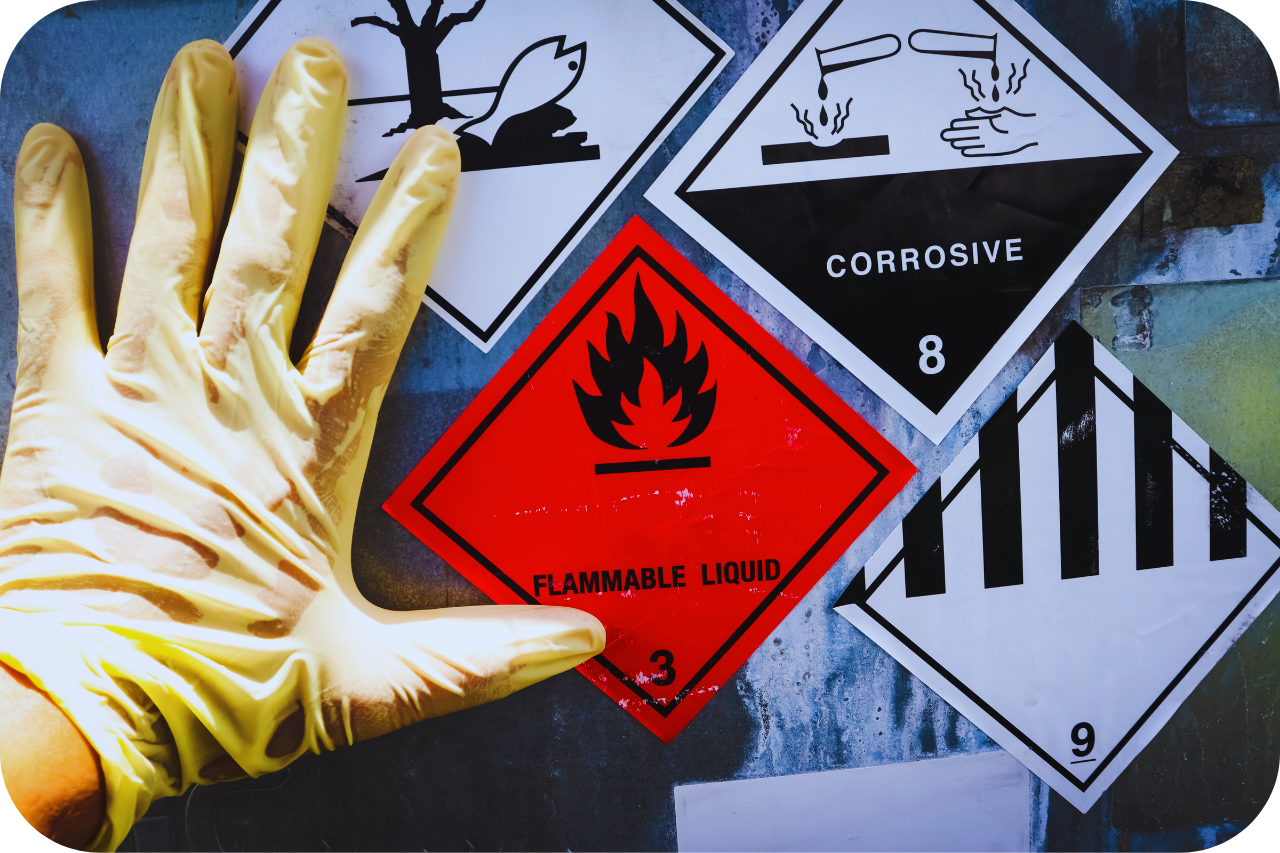The Single Strategy To Use For Roar Solutions
The Single Strategy To Use For Roar Solutions
Blog Article
Everything about Roar Solutions
Table of ContentsLittle Known Facts About Roar Solutions.What Does Roar Solutions Do?Little Known Facts About Roar Solutions.
In such an atmosphere a fire or explosion is possible when 3 basic conditions are met. This is commonly referred to as the "unsafe area" or "combustion" triangle. In order to protect installations from a potential explosion a method of evaluating and classifying a possibly unsafe area is called for. The objective of this is to ensure the right selection and installation of equipment to ultimately avoid a surge and to make sure safety of life.
(https://medium.com/@thomascarrillo4740/about)
No equipment ought to be installed where the surface temperature of the devices is higher than the ignition temperature of the offered danger. Below are some typical dirt dangerous and their minimal ignition temperature. Coal Dirt 380C 225C Polythene 420C (thaws) Methyl Cellulose 420C 320C Starch 460C 435C Flour 490C 340C Sugar 490C 460C Grain Dust 510C 300C Phenolic Material 530C > 450C Aluminium 590C > 450C PVC 700C > 450C Residue 810C 570C The likelihood of the risk being existing in a concentration high sufficient to cause an ignition will certainly differ from location to area.
In order to categorize this threat an installation is separated into locations of risk depending upon the quantity of time the unsafe exists. These areas are described as Zones. For gases and vapours and dirts and fibers there are 3 areas. Zone 0 Zone 20 A hazardous atmosphere is highly most likely to be existing and might be present for extended periods of time (> 1000 hours per year) and even constantly Zone 1 Area 21 A dangerous atmosphere is feasible but not likely to be present for long periods of time (> 10 450 C [842 F] A classification of T6 implies the minimal ignition temperature level is > 85 C [185 F] Dangerous location electric devices maybe designed for usage in higher ambient temperature levels. This would showed on the score plate e.g. EExe II C T3 Ta + 60C( This implies at 60C ambient T3 will not be exceeded) T1 T1, T2, T3, T4, T5, T6 T2 T2, T3, T4, T5, T6 T3 T3, T4, T5, T6 T4 T4, T5, T6 T5 T5, T6 T6 T6 A T Class rating of T1 means the maximum surface area temperature level generated by the tool at 40 C is 450 C. Thinking the connected T Class and Temperature level ranking for the devices are suitable for the location, you can always utilize a tool with a more stringent Department ranking than required for the location. There isn't a clear response to this question sadly. It actually does rely on the type of equipment and what fixings require to be lugged out. Equipment with details test treatments that can't be performed in the area in order to achieve/maintain 3rd party score. Need to come back to the factory if it is prior to the devices's service. Area Repair Work By Authorised Worker: Difficult screening may not be required nevertheless certain treatments may require to be complied with in order for the tools to maintain its 3rd party rating. Authorised personnel need to be employed to carry out the job appropriately Repair need to be a like for like substitute. New part have to be considered as a straight replacement requiring no special testing of the equipment after the repair work is complete. Each piece of devices with a hazardous ranking must be examined individually. These are described at a high level below, yet for even more in-depth info, please refer straight to the guidelines.
The Best Guide To Roar Solutions
The equipment register is an extensive data source of equipment documents that consists of a minimum collection of fields to determine each item's area, technological parameters, Ex lover classification, age, and ecological data. The proportion of Thorough to Close inspections will certainly be figured out by the Tools Danger, which is analyzed based on ignition risk (the likelihood of a source of ignition versus the probability of a flammable environment )and the harmful location classification
( Zone 0Area 1, or 2). Applying a robust Risk-Based Inspection( RBI )method is vital for ensuring compliance and security in handling Electric Equipment in Hazardous Areas( EEHA).
The smart Trick of Roar Solutions That Nobody is Discussing

In terms of eruptive risk, a hazardous area is an environment in which an explosive atmosphere exists (or may be expected to be present) in amounts that call for special precautions for the building and construction, installation and usage of devices. hazardous area course. In this article we check out the challenges encountered in the office, the danger control actions, and the needed proficiencies to work safely
These compounds can, in specific conditions, create eruptive atmospheres and these can have significant and unfortunate consequences. Most of us are familiar with the fire triangular remove any kind of one of the 3 elements and the fire can not take place, yet what does this mean in the context of hazardous locations?
In most instances, we can do little regarding the levels of oxygen airborne, but we can have substantial influence on resources of ignition, as an example electrical devices. Hazardous locations are recorded on the hazardous location classification drawing and are recognized on-site by the other triangular "EX-SPOUSE" indication. Here, amongst other crucial info, areas are split right into 3 types depending on the risk, the likelihood and period that an explosive ambience will certainly exist; Zone 0 or 20 is regarded the most harmful and Area 2 or 22 is regarded the least.
Report this page